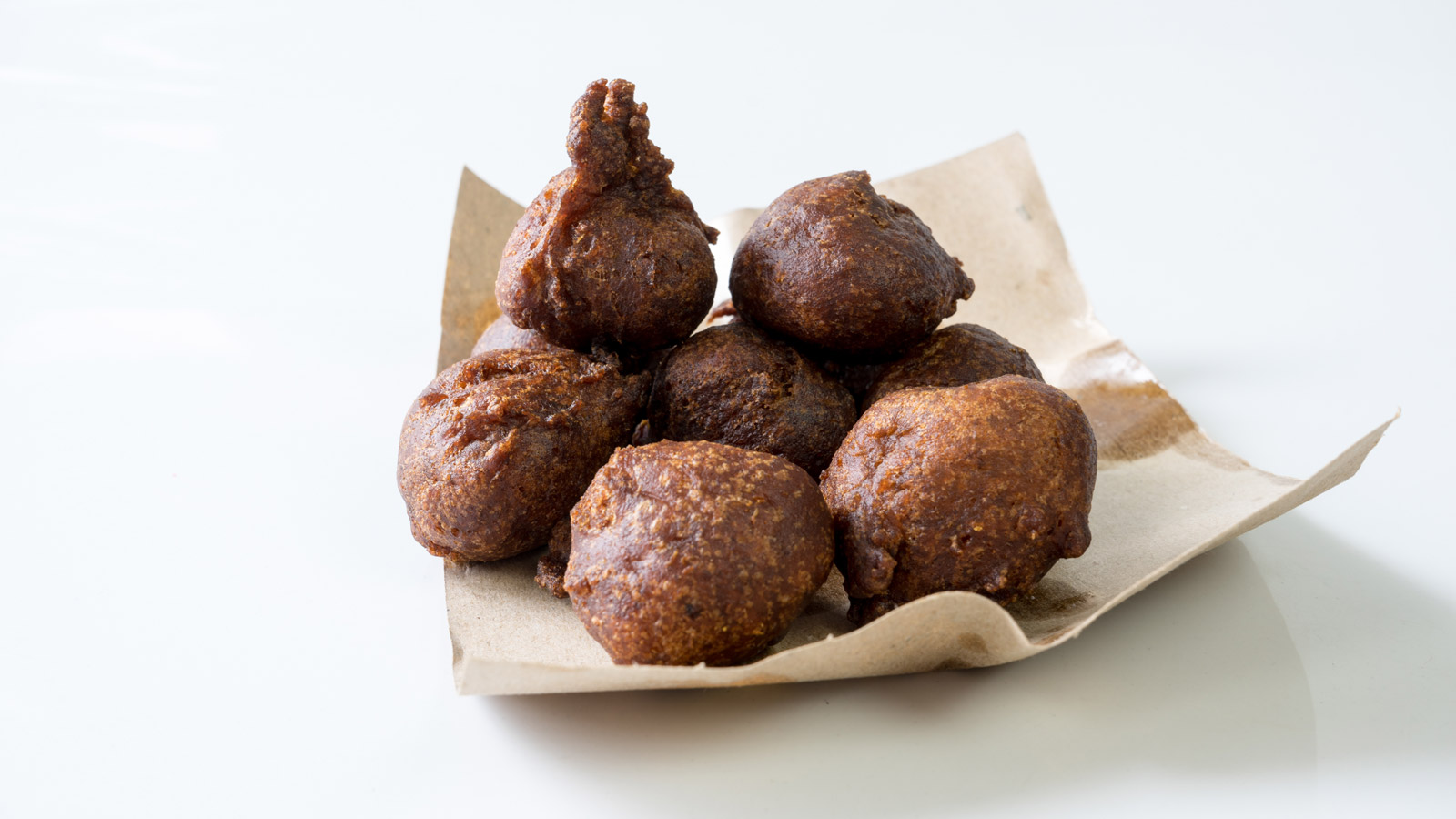It’s Racial Harmony Day today.
It certainly doesn’t feel like it.
Most years, on July 21, kids would be wearing different cultural costumes to school, participating in school-wide games or activities that celebrate our unity in diversity.
This year, my niece, who is in Primary 2, proudly told me: “We watched a video in class!”
It has been a bit of an odd year, to put it mildly.
Covid-19 has thrown everything out of whack, including the school term, which is why Racial Harmony Day was celebrated a week in advance, what with the “September” week-long school holidays being in July now.
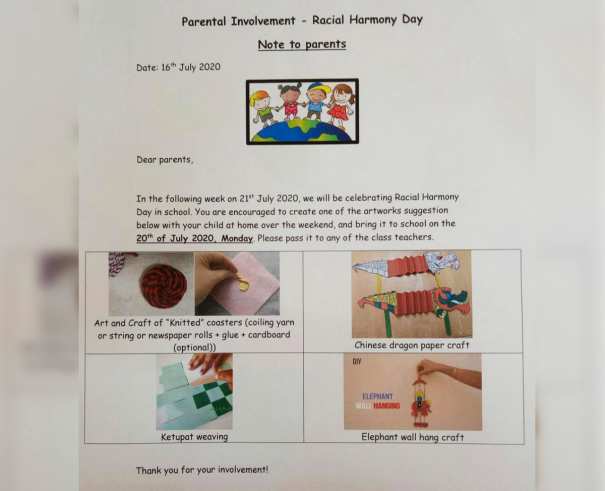
The preschools and childcare centres are still going ahead with their programmes though and the sight of little ones scurrying around in their little cheongsams, saris and baju kurung never fails to put a smile on my face. I’m so glad that kids can wear all sorts of different ethnic outfits to school without being accused of cultural appropriation, as has been the case in some countries.
Generational gaps
I’ve never celebrated Racial Harmony Day when I was studying, which dates me somewhat, seeing which it was introduced only in 1997 in schools by the Ministry of Education.
I belong, as Education Minister Ong Ye Kung described in an interview last week, to a generation where talking about race can get a little awkward. It’s not nastiness so to speak, but more like a general cluelessness that is a result of simply not mixing enough with kids of different cultures when I was growing up.
My parents and grandparents didn’t talk much about race on a daily basis. In primary school, I did have friends and classmates from different ethnic groups, but being part of a Chinese majority, it was simply a result of statistics that I knew more kids of the same race than I did of others.
I spent my secondary school years in a SAP school, which led to my growing insularity. And by the time I returned from studying overseas, I may have been well educated but as far as truly understanding the complex interactions of the different ethnic groups in Singapore, I was Jon Snow.
This has led to several embarrassing incidents over the years. The only reason these incidents are as few as they are is that I employ a combination of frantic surreptitious Googling on my mobile phone and a “when you don’t know anything, keep your mouth shut” mentality to avoid making any cultural faux pas.
Other stories you might like

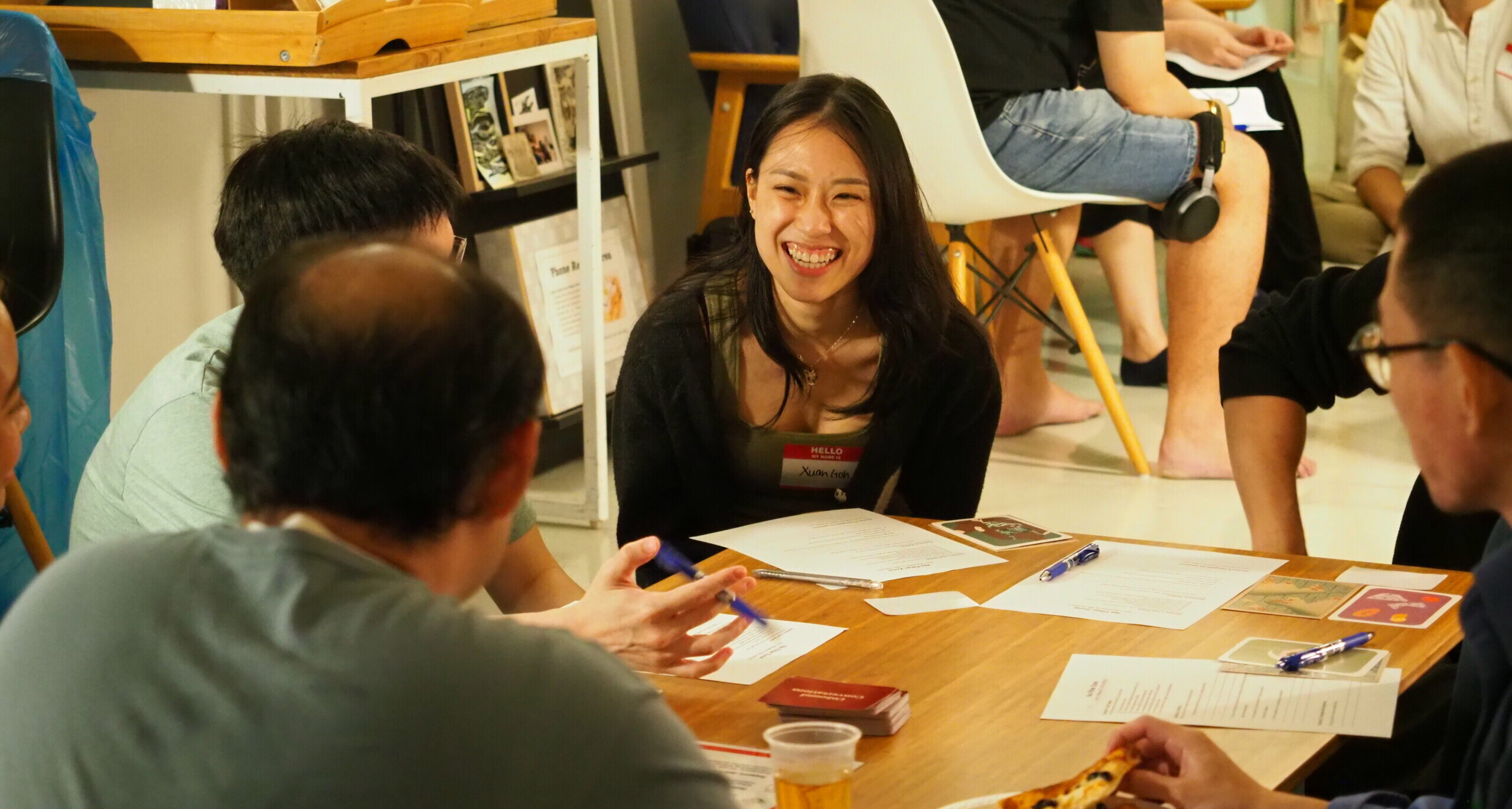
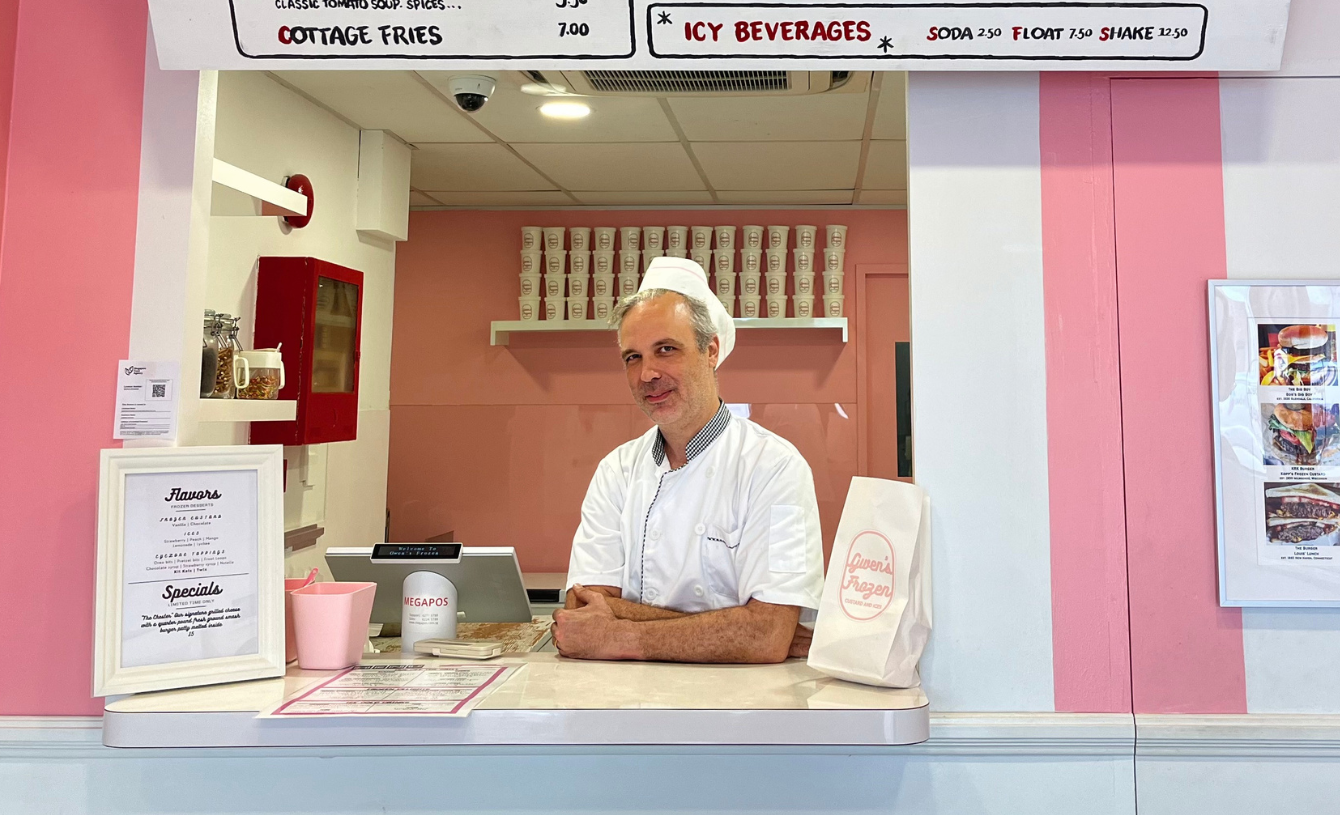
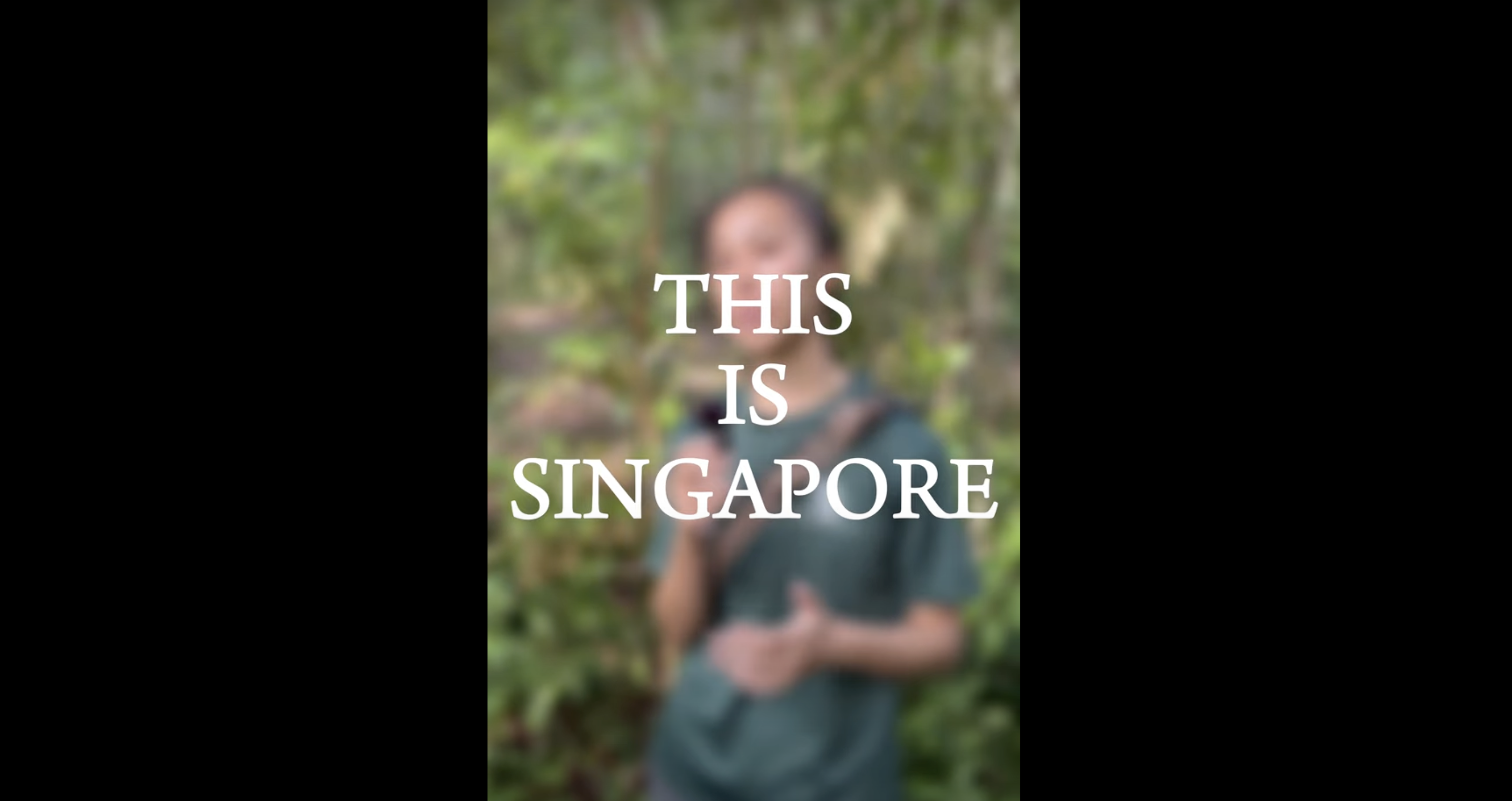
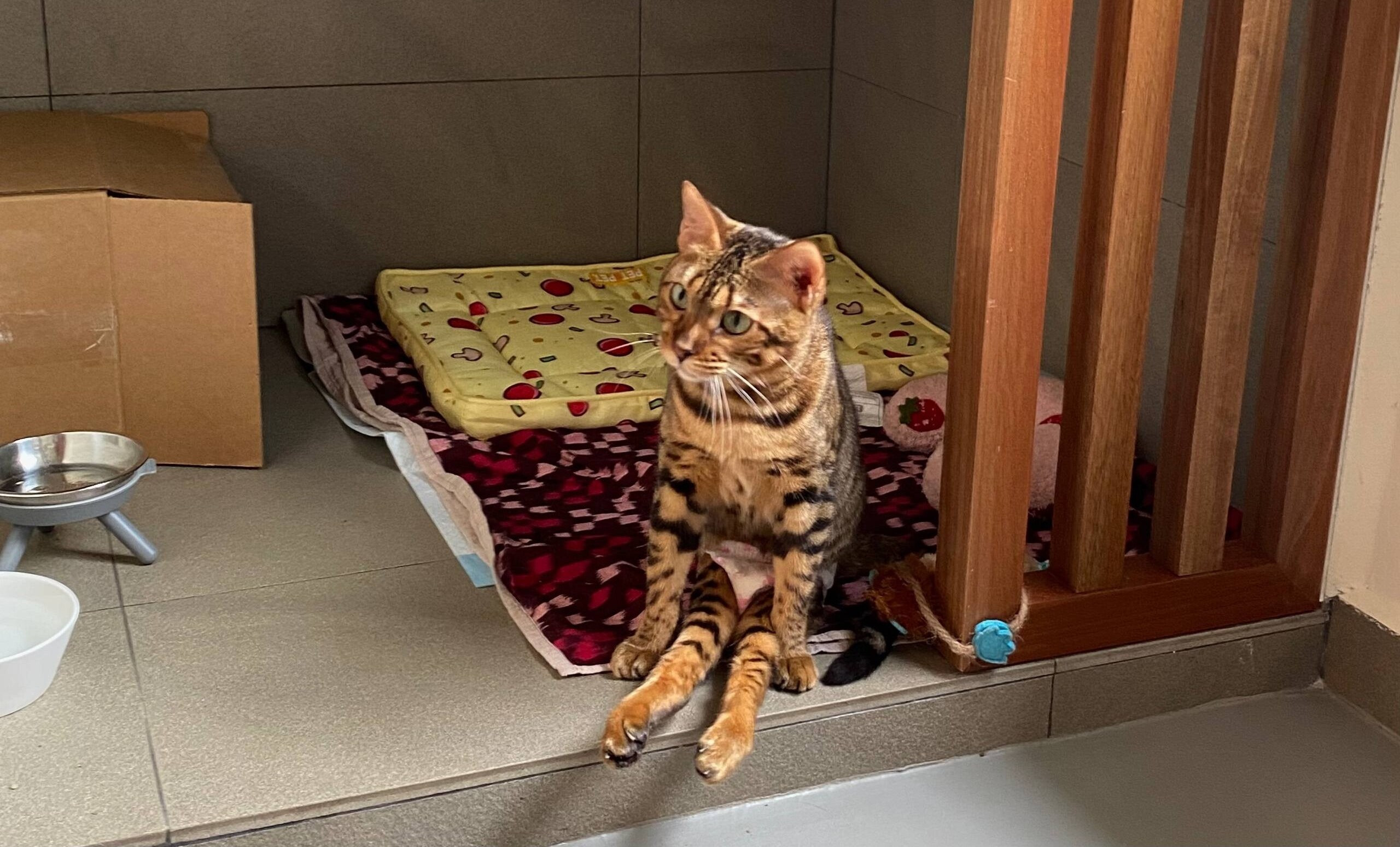
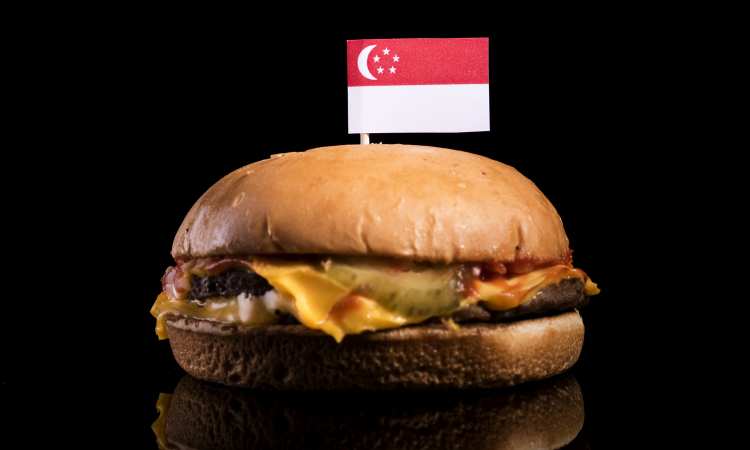
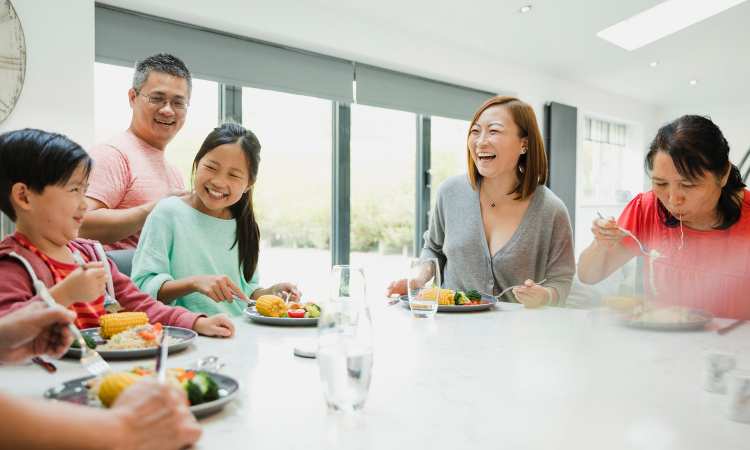
However, that didn’t stop me from wondering out loud what a colleague was referring to when he enthused about finding the most delicious jemput jemput just the other day.
“Huh! You don’t know what that is?!” came the incredulous reply, with other judge-y looks coming from the rest of the people on the Zoom call.
Ignoring my embarrassed splutterings, he started to describe the traditional Malay snack fritters, to which I exclaimed to immense relief: “Oh you mean those banana ball things! I’ve eaten them, I just didn’t know what they were called. I usually just point and the makcik puts them in a plastic bag.”
Here, a case of ignorance becomes a learning moment (for me) and a bonding time (for the rest of the team laughing at me).
Overcoming the fear of the “other”
In Singapore, we are fortunate enough that we can laugh about such things. In some parts of the world, even food can have racist connotations, which has sparked off a recent rethink of some brand names. Still, we are not immune to such issues, which have led to interesting conversations on culinary cultural appropriation.
Race and ethnicity has always been a sensitive topic. No matter what part of the world we live in. That is based somewhere in the fear of the “other”. We fear that which we don’t know. And studies have shown that shortly after being born, babies show an increased preference for faces of their own race. At face value (pun fully intended), this is understandable, seeing which the infant would have probably spent the most time looking at its mother’s face!
But that’s just the start of life; it is the rest of our lives that is important. How we learn to treat others is important. How we teach our children is important.
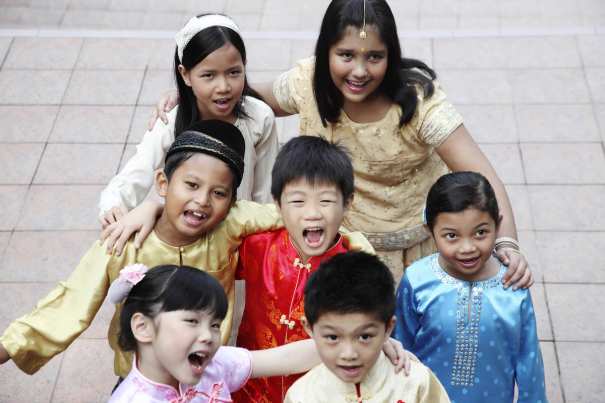
And this is what we need to teach them:
Race is one of the reasons we are different. Racism is one of the reasons we get torn apart.
Race isn’t the problem. Lack of knowledge leading to stereotypes and assumptions is.
Being different is never the problem; not wanting to bridge that difference is.
Minister Ong said in his doorstop interview that children of this generation do want to talk about race issues; they just need facilitation. I couldn’t agree more.
Which is why education is so crucial. Dialogue with people from different ethnic walks of life, at different socio-economic stages of their lives, removes the “other-ness” of others. Instead of making off-colour jokes, we should learn about casual racism and how to detect, acknowledge and rectify it.
Don’t get me wrong, I believe Singaporeans of my generation and my parents’ do value racial harmony. After all, no one wants to go back to the race riots of the 1960s.
But we need to aim higher and be greater. We don’t want to “just” tolerate differences; we want to celebrate diversity and gain an understanding that crosses racial boundaries and overcomes traditional prejudices.
That’s why I’m so proud that my kid talks about her friends from different ethnic groups in the exact same way. She recognises that they are different, it just isn’t that big a deal to her: They are friends first; Malay, Indian, Chinese, Eurasian second. They play together all the same.
It should be Racial Harmony every day.
And now if you don’t mind, I’m going to go order some jemput jemput.
If you like what you read, follow us on Twitter and Google News to get the latest updates.
